I'm designing a H-bridge driven by two IR2110 mosfet drivers and using four NMOS (IRFS SL7440) transistors. Below a picture of my schematic. I am using 98uF bootstrap capacitors, and apply two complementary 50 kHz pulses to the HIN and LIN inputs of the two mosfet drivers. This gives me a 50 kHz output block signal. Below are pictures of the HO1, LO1 outputs of the left mosfet driver. I can't seem to identify where the voltage spike at the rising edge of the HO block wave comes from. This results in a same voltage spike at the load v+ (the load is a 30 uH inductance). The NMOS transistors already have flyback diodes internally.
Could someone clarify what could be (a solution to) the issue? Because for my application I need a rather perfect output block signal before letting the coil make it sinusoidal.
